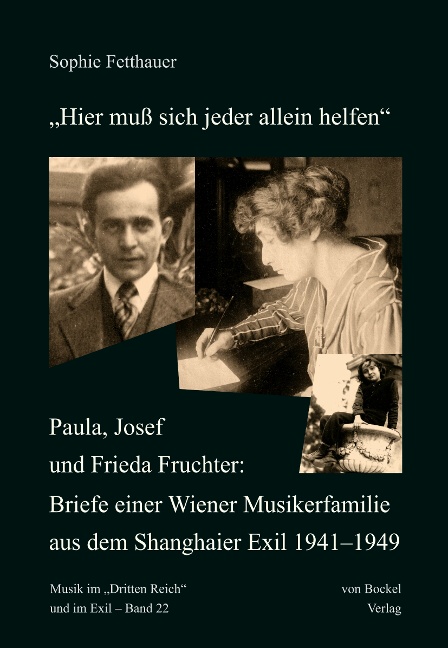Sophie Fetthauer:
Arthur Kay / Kautzenbach (1882–1969)
A conductor, composer, and arranger in the musical worlds
of theater, silent movies, and Hollywood studios.
Translation from German by Claire Taylor-Jay
Hardcover, 292 pp., ISBN 978-3-95675-048-9, 48,00 Euro
Born as Arthur Kautzenbach in the Silesian province in 1882—died as US citizen Arthur Kay in Los Angeles at the age of 87.
Between these events lies a multifaceted creative period as a conductor, composer, and arranger for the concert stage, theater stage, and silent and sound film, which began for the young Kautzenbach after his studies in Berlin with his move to the USA in 1907.
Initially a cellist in the Boston Symphony Orchestra and conductor of the Boston Pops Orchestra, he was soon working in New York and in the US provinces as a musical director in popular music theater, especially in collaboration with the operetta composer Victor Herbert. As “Arthur Kay,” the conductor, composer, and compiler of silent films made a name for himself from 1918 in Los Angeles and briefly in Seattle and Chicago, including at well-known theaters such as Grauman’s Million Dollar Theatre. This was followed by engagements for sound films, above all for the Fox Corporation and other Hollywood studios. Among other things, he provided cue sheets and scores for Charlie Chaplin’s The Circus and Raoul Walsh’s The Big Trail. He returned to the theater in the mid-1920s. Contrary to all trends, he devoted himself less to musicals than to European and American operetta—from the end of the 1930s in a long-term engagement at the Los Angeles Civic Light Opera, with productions such as Song of Norway and Kismet.
At all stages of his artistic career, Kay drew inspiration from his wealth of European experience—of fundamental importance were his training in his father’s small-town apprentice band and his studies at the Berlin Conservatory, which was still strongly oriented towards the musical aesthetics of the 19th century. He was thus one of the many immigrants who initiated far-reaching transfer and adaptation processes in the United States and had a lasting influence on the development of music, theater, and film.
In this monograph on Arthur Kay, the Hamburg music historian Sophie Fetthauer shows in an exemplary way how artistic developments from the “old” Europe found their way into the musical life of the so-called “New World” through processes of exchange.
| In German ==> |

